The Digital Construction Awards attracted 165 entries this year, 84 of which have been shortlisted. Here, we detail the shortlisted entries for Best Application of Technology.
This category recognises the most effective application of a specific existing technology. Best Application of Technology was a very popular and competitive category, so 10 entrants make the shortlist, including the likes of AtkinsRéalis, Hinkley Point C, Heathrow Airport and Laing O’Rourke.
AtkinsRéalis – Virtual Site Access
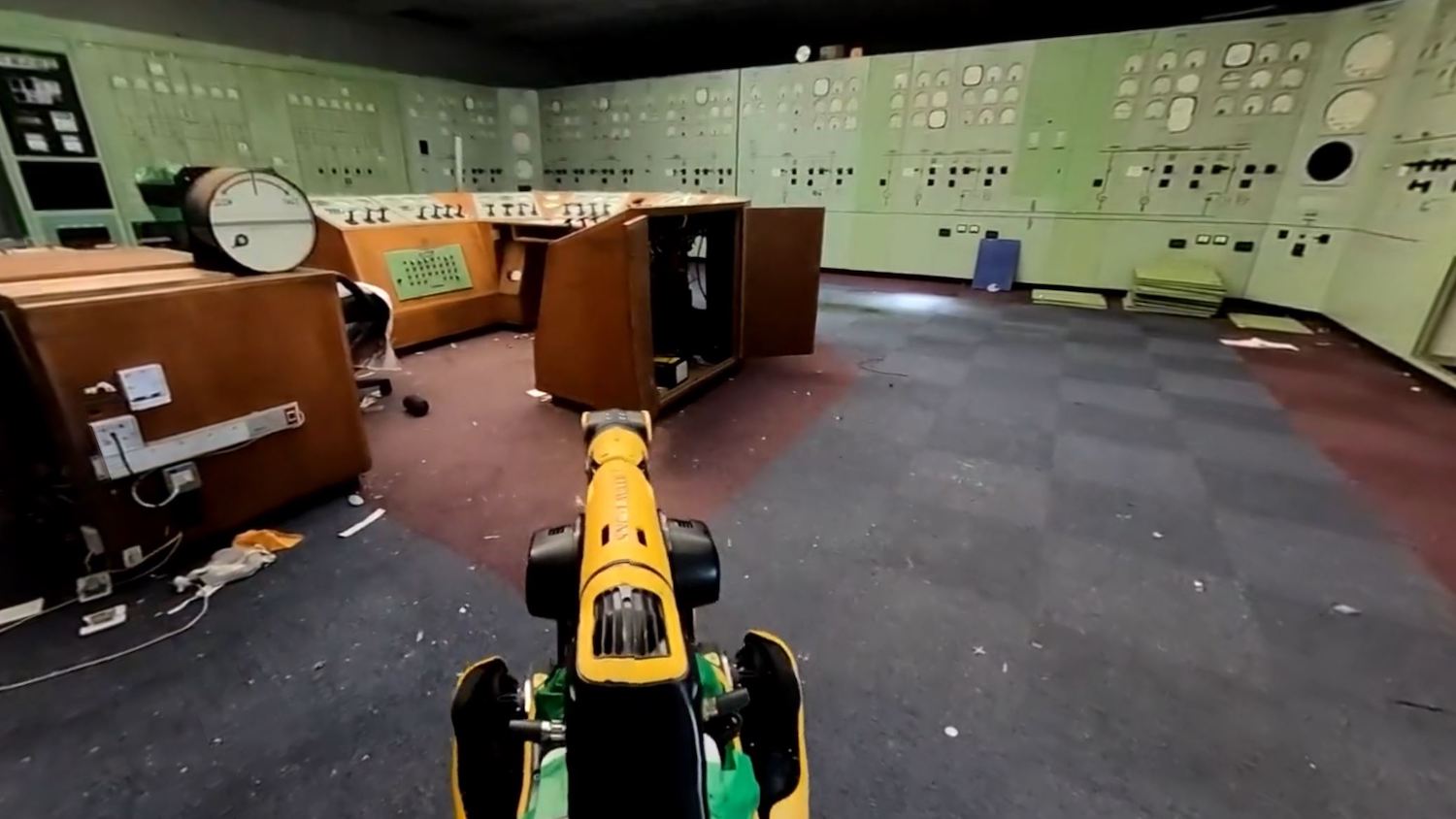
In the nuclear industry, sites are predominantly situated away from areas of high population and therefore effective transport links. This, when combined with the necessary security restrictions (training, clearance), makes accessing these sites difficult.
Added to these site access issues are the inherent risks of the nature of the sites, both conventional and radiological. Furthermore, data security and information assurance also restrict people from being able to visualise the site. Therefore, a considerable number of people working in construction design are limited in their understanding of the configuration and constraints that will affect the decisions they make.
These obstacles led AtkinsRéalis to develop Virtual Site Access, enabling anyone to manage and visualise a physical site remotely. VSA puts project data to work to deliver the information needed to make the right decisions, at the right time, from anywhere.
VSA brings together industry-standard tools, technology and techniques alongside innovative bespoke applications and leading-edge technologies such as quadrupedal robotics, Microsoft HoloLens 2, Igloo Vision immersive spaces and cloud-based systems to deliver significant time, cost and carbon savings, as well reducing risks and aiding in collaboration and global knowledge transfer.
Between March 2023 and February 2024, the technology saved 20,118 hours of travel, an estimated £1.2m in costs (based on agreed client metrics), and 296,585kg of CO2, while also substantially reducing personnel radiation exposure.
AtkinsRéalis-WSP JV – A83 Rest and Be Thankful

The A83 is a strategic trunk road in the Argyll and Bute region in Scotland, which has been increasingly affected by landslides. Transport Scotland commissioned the AtkinsRéalis-WSP JV to support the development of a resilient and sustainable A83 trunk road.
The JV selected Microsoft’s Power Platform to leverage data analytics and automation, and developed a number of bespoke solutions.
First, a Level of Information Need (LoIN) tool was created to make it easier for different teams to review their information requirements and produce compliant design outputs. A clear understanding of the requirements dramatically reduces the risk of errors and rework.
Second, the team developed a project members management system, which delivers “significant time savings” and removes much of the administrative burden from the management team’s daily workload. The JV estimates that it can save an average of two hours of the project and information managers’ time per each new team member, totalling approximately 900 man-hours saved since it started using the system.
Third, the transmittals system makes it easier to request the issue of a new transmittal by anyone in the team. The JV estimates that it can save about 1.5 hours per transmittal, totalling approximately 48 man-hours saved during three months since the system was live. Crucially, the system ensures that the deliverables are issued to the client and other stakeholders without undue delays, and that the transmittal records are accurate and transparent.
EDF UK/Accenture/Dassault Systemes – Digital Twin Implementation at Hinkley Point C
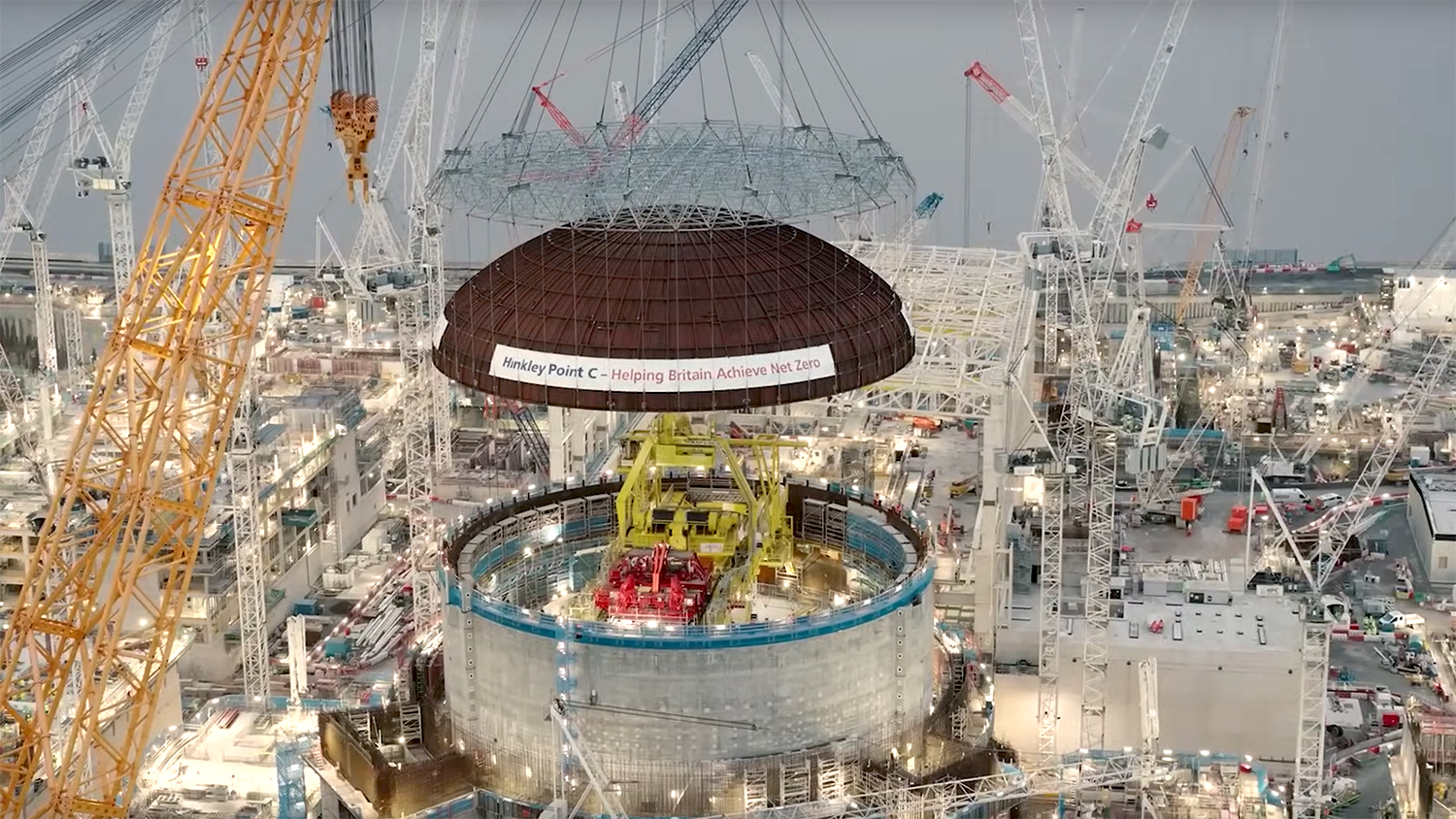
Hinkley Point C (HPC), Europe’s largest construction project, is applying industry-leading capabilities to deliver an integrated first-of-a-kind digital twin of the power plant. This application of technology is redefining the end-to-end management of all lifecycle stages of the plant.
HPC has collaborated with Accenture (strategic delivery partner) and Dassault Systemes (software provider) over the last 36-plus months to modernise end-to-end construction and engineering processes with the implementation of Dassault’s 3DExperience. The technology has already increased data accessibility for the civils, M&E and HVAC construction phases and will be fundamental to commissioning the plant.
During the past year, the team has onboarded more than 2,500 users – both internal and from its global supply chain of more than 250 Tier 1 suppliers – overcoming adoption challenges in both user transition and data migration of more than 20 million 3D objects and 4 million-plus unique data codes from multiple siloed systems. This transition has required close collaboration across the business to challenge longstanding ways of working in the industry, moving users from document-centric to data-centric practices.
The team is aggregating data from siloed systems to create HPC’s golden thread of what it claims is the world’s first fully digital nuclear power plant. The solution has enduring capabilities for HPC’s entire plant life cycle, with opportunities for replication at Sizewell C, reducing cost and time to commission.
Fit For Work
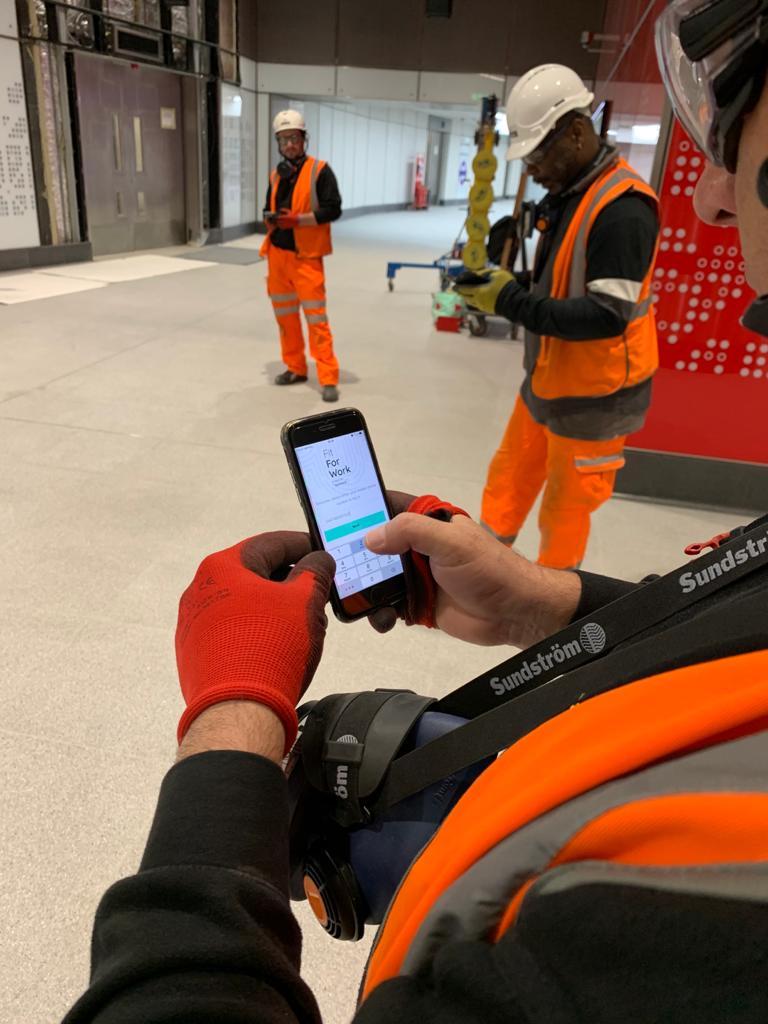
Fit For Work combines technology and mental health services to improve the safety of those working in hazardous environments.
The product uses coded, encrypted facial recognition, geolocation and cloud-based technology to ensure the right person is in the right place at the right time with the right competencies and qualifications. Because the data collected is facial ID and geolocation-verified, it is not possible to cheat the system, which reduces risk through fatigue management in addition to reducing ‘ghosting’, whereby an alternative worker can pretend to be the correct worker.
For GDPR purposes, the image captured is translated into code, which is then checked against the coded image on file for that person. This information can provide valuable insights into real data and help the client to identify risks or trends.
In November last year, Fit For Work produced an insights report for one Transport for London project that included health and safety heat maps, highlighting any potential issues, based on ID verification; and readiness to work, based on answers provided by the operative. It showed the location and status of each check-in and check-out out, thereby identifying right place, right time.
The nature of underground working poses connectivity issues and in such a safety-critical environment, that lack of connectivity can present a risk to operatives. The app caches any data entered while offline and automatically uploads to the cloud once connectivity is restored, ensuring that no data is lost during a shift.
Mental health support is also provided via the app.
Heathrow/AtkinsRéalis/Mace/Trimble/WSP – Heathrow Airport cargo tunnel refurbishment
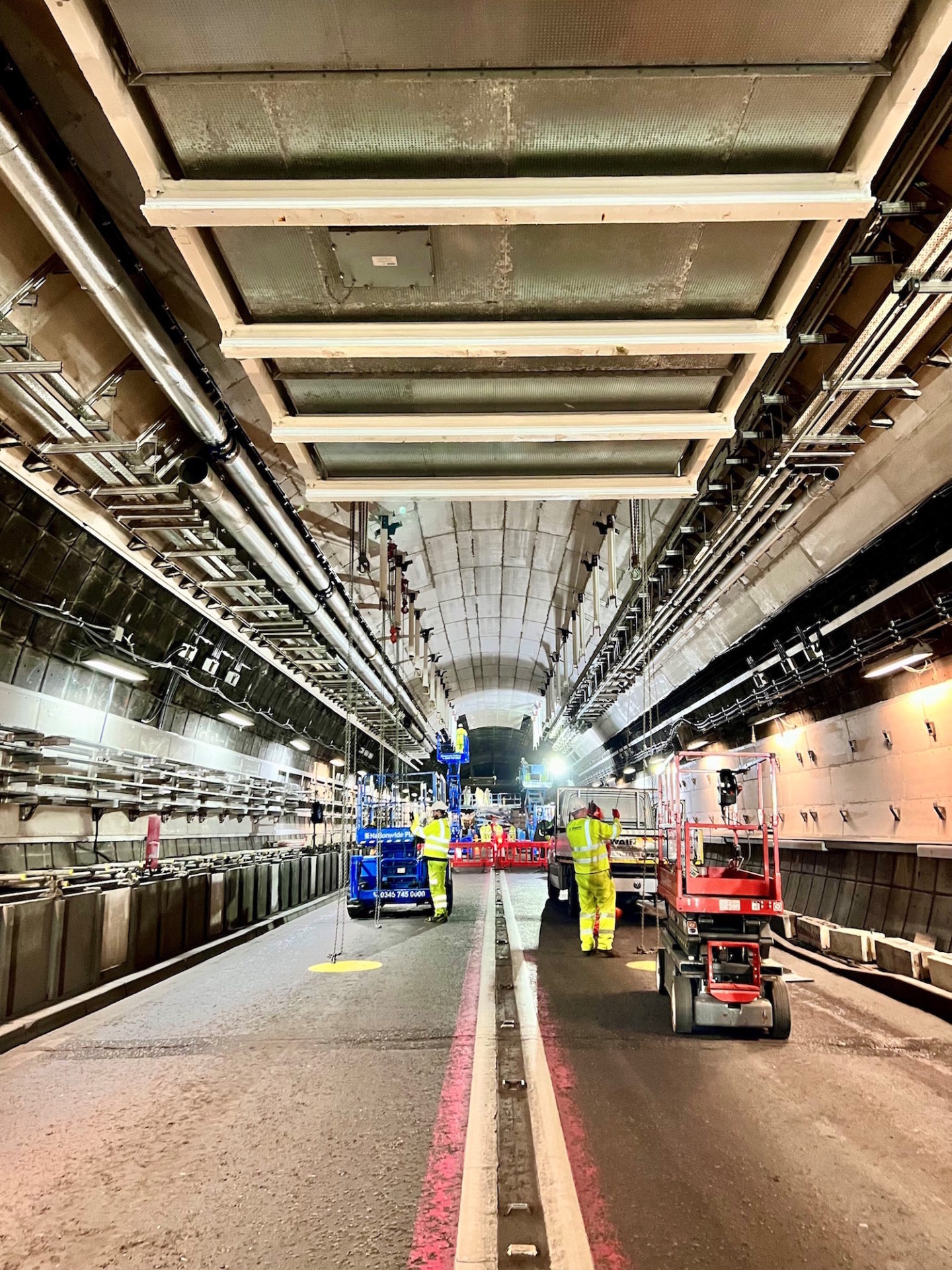
Heathrow airport’s 60-year-old, 870m-long cargo tunnel is a critical road link that connects the airport’s centre to its south. Running directly below the Southern Runway, it caters to bi-directional airside traffic, including freight, maintenance, catering, baggage and passenger transfers. The tunnel has received periodic renewals, but was due for a major overhaul.
The tunnel cannot be taken out of service. All works must be between 21:00 and 05:00. Labour, plant and materials must pass through airport security for every shift, further limiting available time. The tunnel must operate safely in accordance with minimum operating requirements and return to full service each morning.
Heathrow wanted a detailed digital record, including photographs and point-cloud scans. The collection of scans in this difficult environment required more agile equipment than that required by a standard survey.
The team turned to Boston Dynamics’ Spot the robot dog – renamed Dave by the team – fitted with a Trimble X7 scanner, connected to the Trimble Cloud engine, all of which were bought outright. The scanner and Dave were used in tandem to create point-cloud scans of the construction site.
This system also supports repeatable scans: once Dave completes a mission, it can save the path it took in its memory.
Against the original business plan, the project team saved at least 50% of the original surveying costs.
Integrated Health Projects/Buildots – Royal Bournemouth Hospital
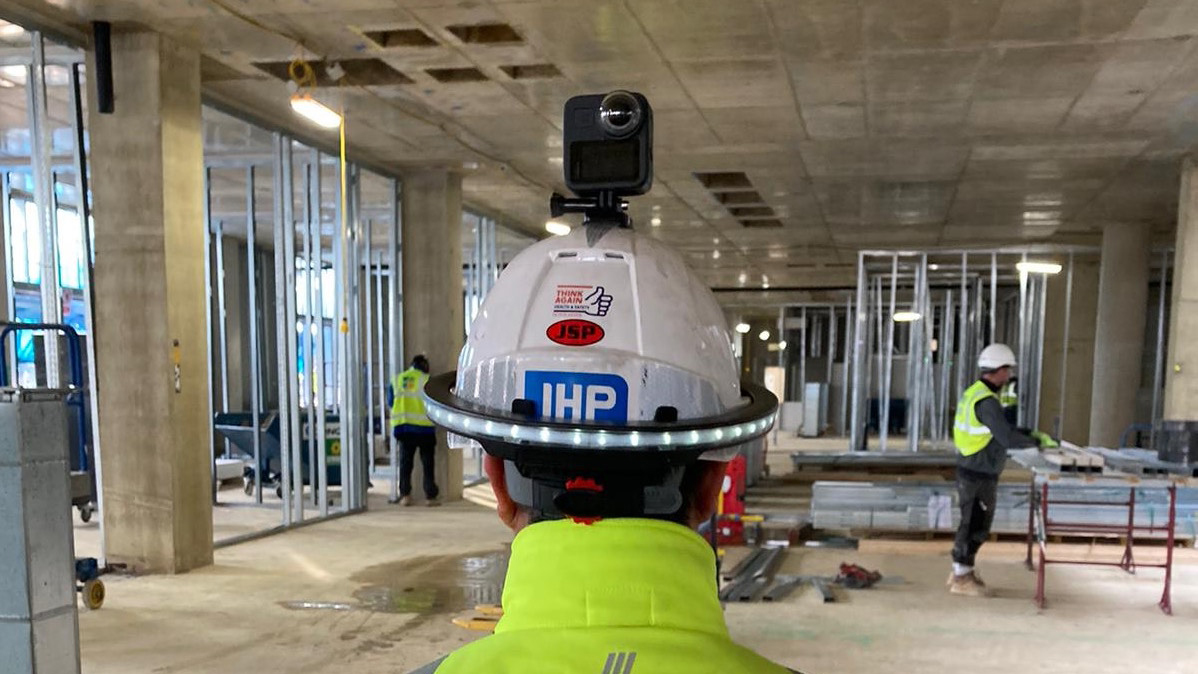
Integrated Health Projects (IHP) is pioneering the application of Buildots’ AI technology at Royal Bournemouth Hospital for University Hospitals Dorset NHS Foundation Trust.
Before using Buildots, IHP project teams spent considerable time manually updating data. The IHP team wanted a slicker information management process for the 22,650 sq m BEACH (Births, Emergency and Critical Care, Children’s Health) building. It needed to maximise quality control, enhance forecasting capabilities, and streamline early error detection.
The introduction of Buildots transformed the approach to the project’s development. The technology automatically analyses data captured on site via helmet-mounted 360-degree cameras. The platform then generates true-to-life progress reports supported by visuals, providing managers and stakeholders with accurate, objective data and in-depth analysis, leading to improved efficiency.
IHP worked closely with Buildots to develop a solution tailored to their specific needs and develop a 4D BIM sequencing environment for the project. It was important that any new technologies work in tandem with existing platforms and Buildots integrates with other key software tools, including MS Project, Revit, Powerproject and BIM360.
Using Buildots’ technology, the project team can now capture full 360 photogrammetry of the project. By comparing detailed 3D models with 360-degree site-walk videos, the IHP team can demonstrate the status of the project at any given time.
The online interface allows instant access to 2,300 rooms and spaces. Data is centralised on one platform, fostering a culture of transparency and trust. The 3D models facilitate early identification and resolution of potential design conflicts, significantly reducing rework, which has improved programme and cost prediction.
Laing O’Rourke/Asite/Edocuments – Olympia Redevelopment

Laing O’Rourke’s £750m London Olympia redevelopment project involves the delivery of seven distinct plots, with nine separate handovers for each plot.
On previous projects, Excel spreadsheets were being maintained manually to generate reporting with RAG statuses. Given the scale of the Olympia project, that method would have needed at least one team member working full-time to deliver the reporting alone.
The Olympia team was using custom attributes within Laing O’Rourke’s CDE (from Asite) to enable the procurement team to group design information into different packages of work. This information is then used to send out digital Invitation To Tender documents, along with a first stage issue of information on appointment, as the attributes, once tagged, would associate to each revision that was published automatically. The information management team realised that this functionality could be applied to aid the process of identifying and grouping handover documentation. This also had a huge side benefit that it could enable Laing O’Rourke to automate the creation of reports.
Meanwhile, Laing O’Rourke had trialled the use of APIs to pull data from the CDE into Edocuments (the handover tool) on a much smaller project, so the Olympia team opted for that route.
The contractor worked closely with Edocuments to define the parameters of the information the API would pick up and pull through to ensure it only captured applicable and targeted data.
In aiming for a progressive handover, Laing O’Rourke automated the transfer of information going through the approval circle, giving the added benefit that the client can see that the handovers are being worked on gradually and what they will be receiving at practical completion.
L Lynch – Revolutionising on-site safety with VR training
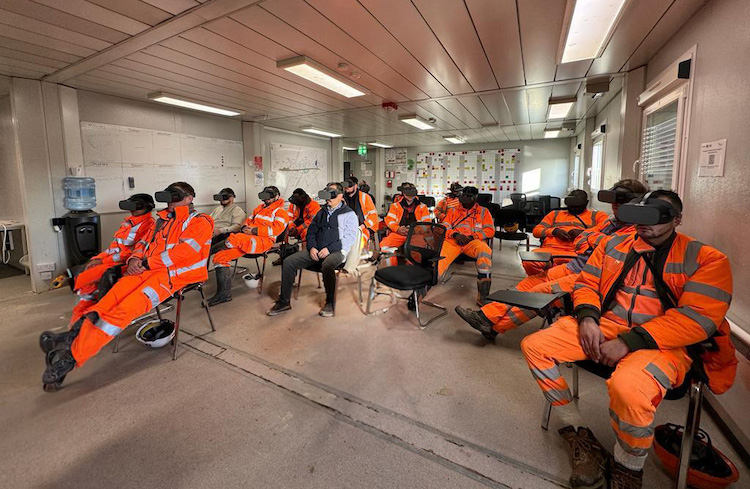
L Lynch is committed to improving site safety in the plant hire sector. It found that traditional safety training methods often fell short in effectively engaging and educating its workforce, particularly those who infrequently visit construction sites. Thus, the need for a transformative approach to safety training became apparent, prompting Lynch to explore the potential of VR technology as a bolt-on to existing in-person training sessions.
The VR technology provides all site personnel with a realistic insight into what can happen when the people-plant interface goes wrong.
Collaborating with the Skanska Costain Strabag JV’s health, safety, and wellbeing teams on HS2 and VR specialist RivR, Lynch crafted immersive scenarios tailored to address specific safety challenges, formulating a safety video that fit the brief: for example, how to get people to think “What is the safest way to approach this machine?”
VR not only boasts impressive efficiency statistics compared with traditional training methods, but logistically holds a great advantage over other methods. Lynch found that the logistics of VR training was superior to its initial simulator option. The VR headsets are stored and transported in a case, therefore allowing this training to take place anywhere – on-site, in an office, at an exhibition, or at a road show. A simulator would not offer the same flexibility.
To date, Lynch has trained more than 1,500 personnel via VR on multiple major projects.
Method Grid | The Digital PACE Framework with Network Rail
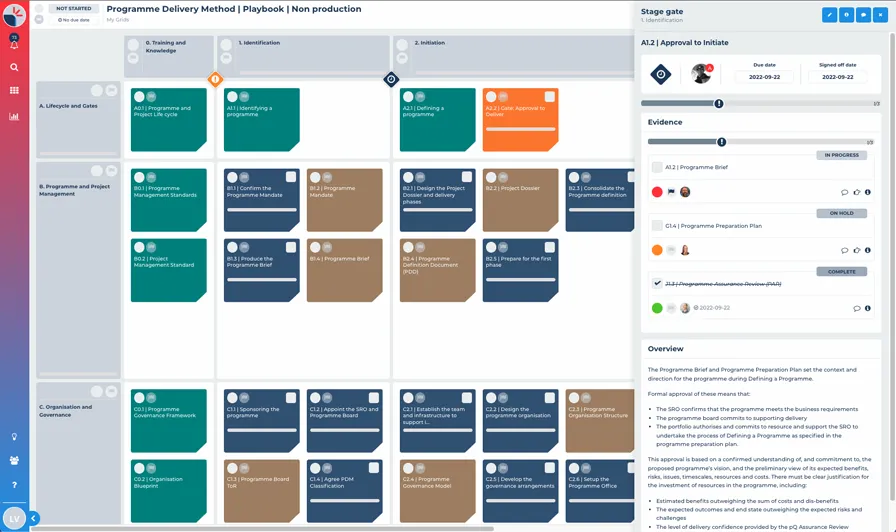
Method Grid and Network Rail collaborated throughout 2023 and into 2024 on building the Digital PACE (Project Acceleration in a Controlled Environment) Framework to improve how Network Rail delivers projects.
This digital resource – as deployed on the Method Grid AI-powered knowledge and project management platform – is now publicly available to all rail project management professionals in the UK.
The use of this technology radically enabled the entire UK rail industry to collaborate effectively in the delivery of the ambitious Control Period 7 construction investment plan (£43.1bn over five years) by enabling genuine, multi-supplier collaboration on one of the country’s most critical, strategic programmes of work.
Method Grid’s collaboration with Network Rail involved integrating existing PACE standards, products and guidance resources into the new digital playbook. The platform’s AI empowerment further enabled the joint team to build and enhance this deep, quality knowledge resource in a few months – expediting the ‘speed to value’ aspect of such work.
Method Grid claims that this empowerment expedited the time to quality outcome by a factor of five (i.e. five times as fast as conventional, fully manual renditions of a complex playbook build).
The project was also a vanguard of digital innovation in the context of other UK public bodies facing the comparable challenge of harnessing technology to genuinely ‘force multiply’ all actors across their construction supply chain.
Winvic | AI-enabled combined noise and dust monitor
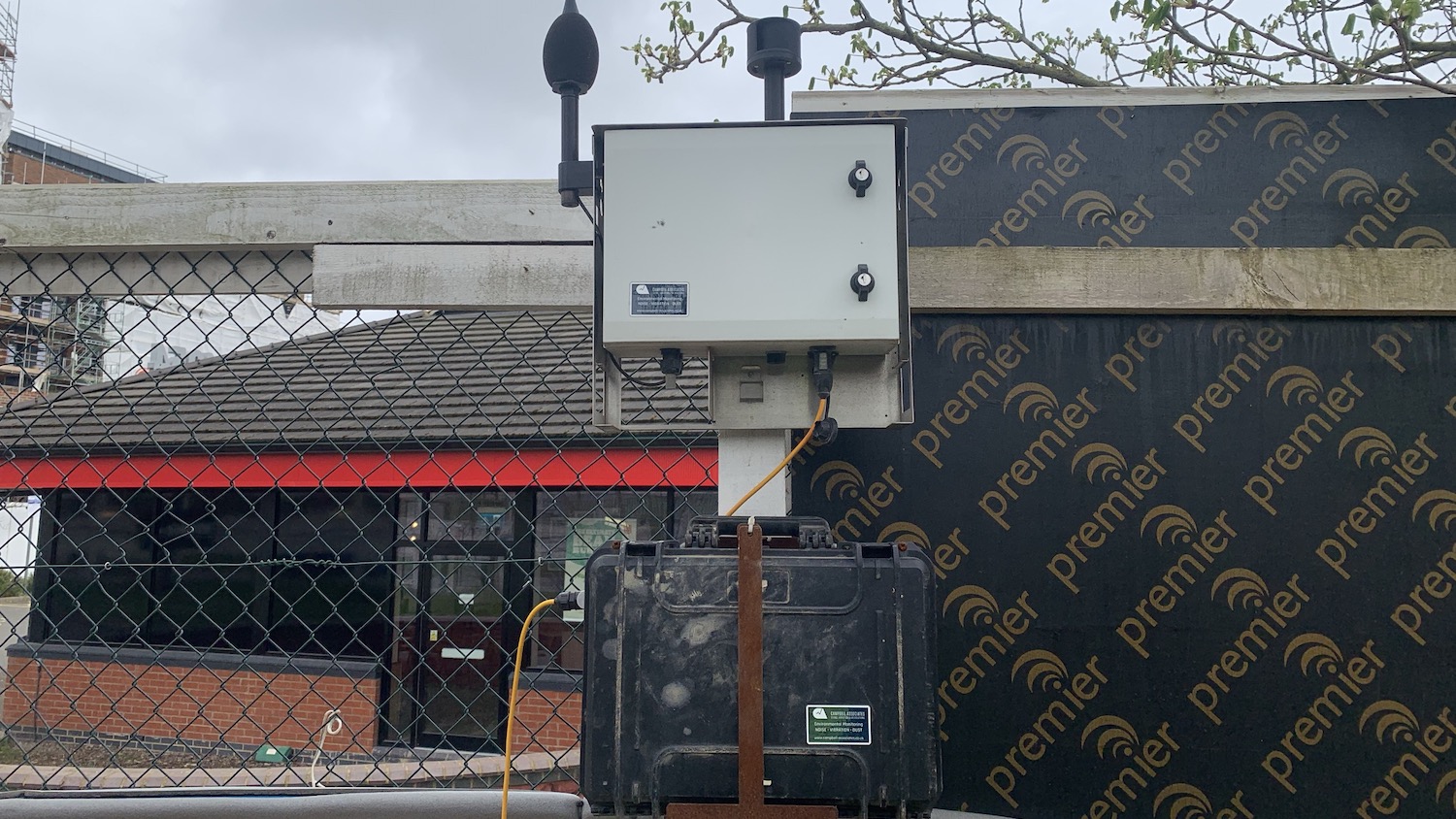
Winvic claims its use of AI-enabled combined noise and dust monitor is an industry first and the results illustrate how embracing innovation and being considerate to communities’ needs leads to success.
The real-time noise monitoring technology, which differentiates environmental and construction noise sources, has resulted in a reduction in environmental noise-related complaints from site neighbours compared with sites using conventional noise monitoring equipment.
It captures audio clips when any noise exceedance limit is detected and automatically stores them on a cloud-based system that is accessible to Winvic’s operational teams for playback and investigation. Real-time environmental noise and dust emission data and weekly performance reports can be accessed at any time, but are automatically emailed to key team members for review and action.
Any incidences of excessive noise can be managed immediately thanks to the real-time alerts to key site employees.
The technology provides efficiency gains: team members no longer need to capture audio and record data manually or spend time interpreting noise exceedances. Winvic can also confidently refute any alleged environmental noise limit exceedances with the categorised recordings.
Winvic and its subcontractors have used the real-time data to better understand if noise mitigation measures are effective or could be improved and lessons have been applied to other sites. Currently, there are 16 monitors across seven Winvic sites.
Celebrate with the best
The winners of the Best Application of Technology, alongside the victors of the other 12 categories, will be revealed at the awards dinner on 2 July at the Brewery in London. You can join them by booking your places at the awards.
The Digital Construction Awards celebrate best practice and reward innovation in the application of information management and digital technology in the built environment sector.
The awards are run by Digital Construction Week, the Chartered Institute of Building (CIOB), and Construction Management and BIMplus. Awards sponsors include Bluebeam, Procore, Revizto and the CIOB.











